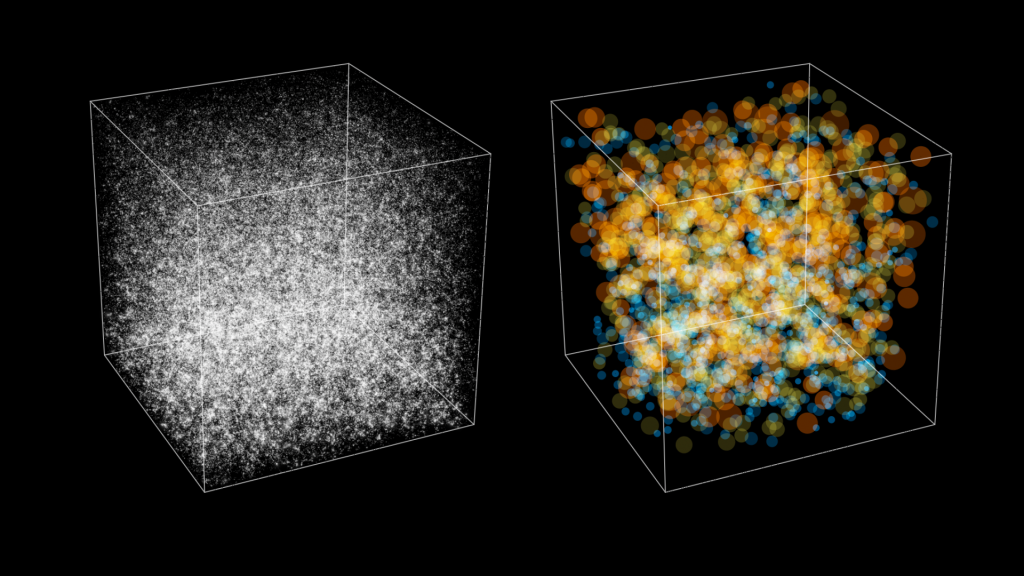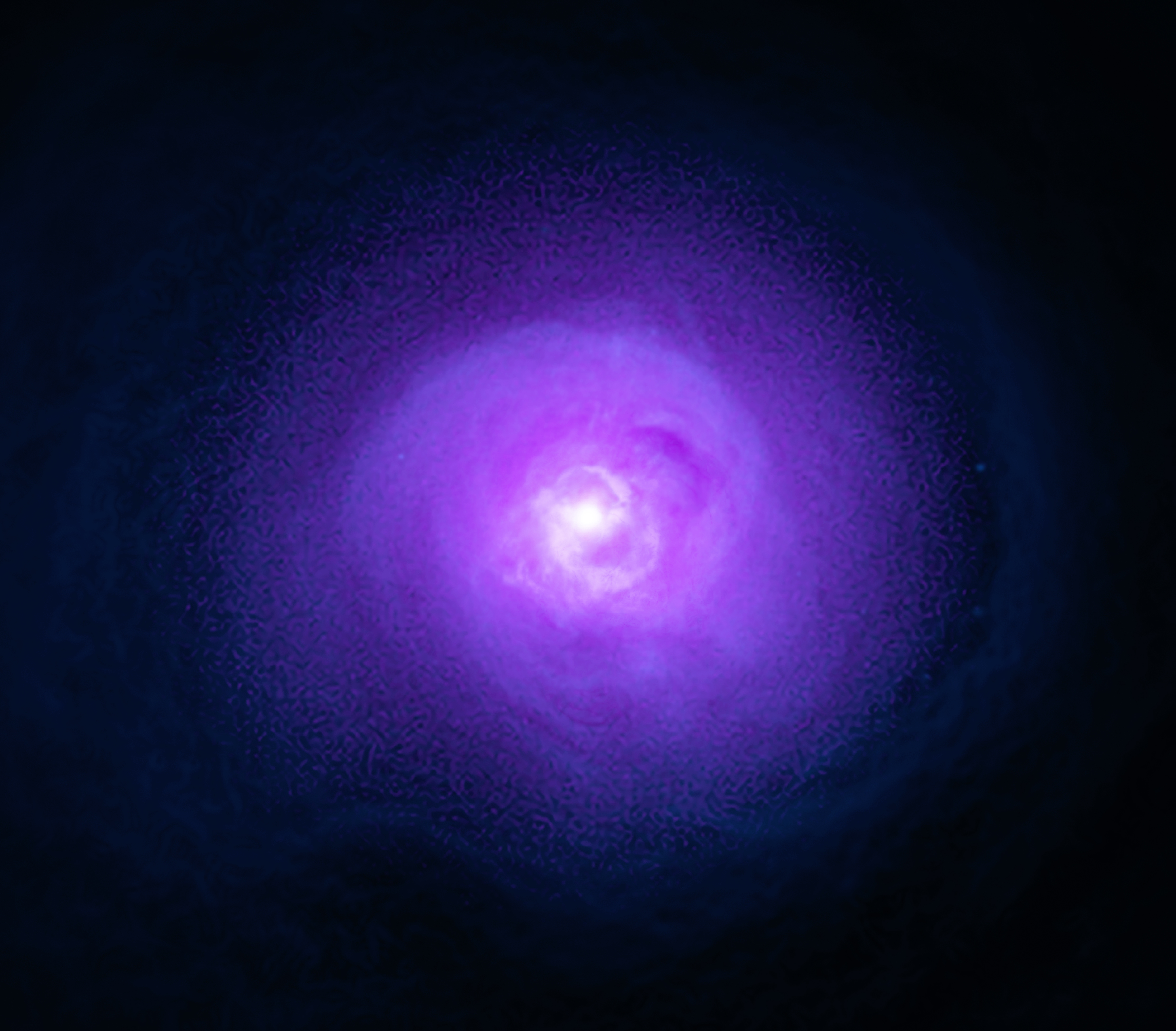Surrounded by an envelope of dust, the subject of this NASA/ESA Hubble Space Telescope image is a young forming star known as HBC 1. The star is in an immature and adolescent phase of life, while most of a sun-like star’s life is spent in a stable stage comparable to human adulthood.
In this view, HBC 1 illuminates a wispy reflection nebula known as IRAS 00044+6521. Formed from clouds of interstellar dust, reflection nebulae do not emit any visible light of their own. Instead, like fog encompassing a lamppost, they shine via the light reflected off the dust from the stars embedded within. Though nearby stars cannot ionize the nebula’s dust, as they can for gas within brighter emission nebulae, scattered starlight can make the dust visible in a reflection nebula.
Text credit: European Space Agency



































